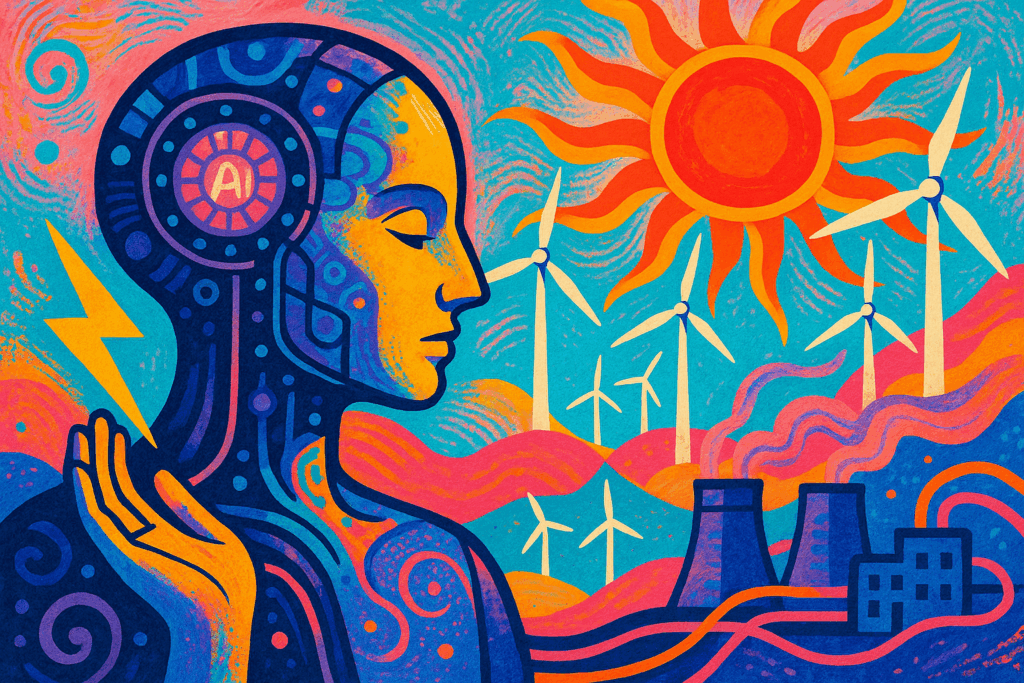AI’s Growing Energy Appetite
Artificial intelligence continues to expand rapidly, with data centers powering AI algorithms consuming vast amounts of electricity. Recent estimates suggest that large AI models and their training processes can require energy in the order of terawatt-hours annually. This surge places additional strain on existing electricity grids, complicating efforts to meet climate targets as the digital revolution advances. The expanding demand challenges energy producers and policymakers to rethink supply strategies that accommodate the continuous, intensive power needs of AI systems.
Powering AI: The Mixed Energy Landscape
Globally, AI workloads derive energy from a diverse mix of sources. Fossil fuels, particularly natural gas and coal, still provide a significant portion of electricity, raising concerns about the carbon footprint of AI operations. The push toward renewable energy, including wind and solar power, aligns with decarbonization goals but faces challenges due to the intermittency of these sources, affecting the stability required for AI applications. Nuclear energy, including the development of small modular reactors (SMRs), plays an increasingly strategic role given its ability to deliver reliable baseload power. Meanwhile, emerging technologies like fusion power remain under development but hold long-term promise for sustainable energy supply to meet AI’s growing needs.
The AI Energy Paradox: Consumption and Efficiency
Artificial intelligence offers tools for optimizing energy utilization, such as improved demand forecasting and grid balancing, which can reduce waste and increase system efficiency. However, these gains risk triggering Jevons’ Paradox, where increased efficiency lowers costs and encourages greater overall energy consumption. This paradox is evident as AI applications proliferate across sectors, driving expanded compute requirements and thereby escalating total energy use despite improvements in efficiency and hardware capabilities.
Geopolitics of AI-Driven Energy
The voracious energy appetite of AI is reshaping national energy strategies and global geopolitics. Countries such as the United States, China, and Gulf States are investing heavily in “green compute” initiatives that combine sustainable energy infrastructure with digital advancement. Energy security has become intertwined with digital dominance, as control over reliable power sources translates directly into technological leadership. This dynamic prompts new partnerships and tensions centered on access to critical energy resources needed for AI development and deployment.
Strategic Outlook: Integrating AI and Energy Future
Aligning AI growth with sustainable energy production is imperative for balancing climate commitments and technological progress. Energy producers and strategists must collaborate closely with AI stakeholders to structure energy portfolios that incorporate diversified sources, including renewables, nuclear, and innovation in fusion technology. Such integration will underpin a resilient, low-carbon energy system capable of supporting the digital revolution and maintaining global equilibrium amid evolving geopolitical landscapes.




